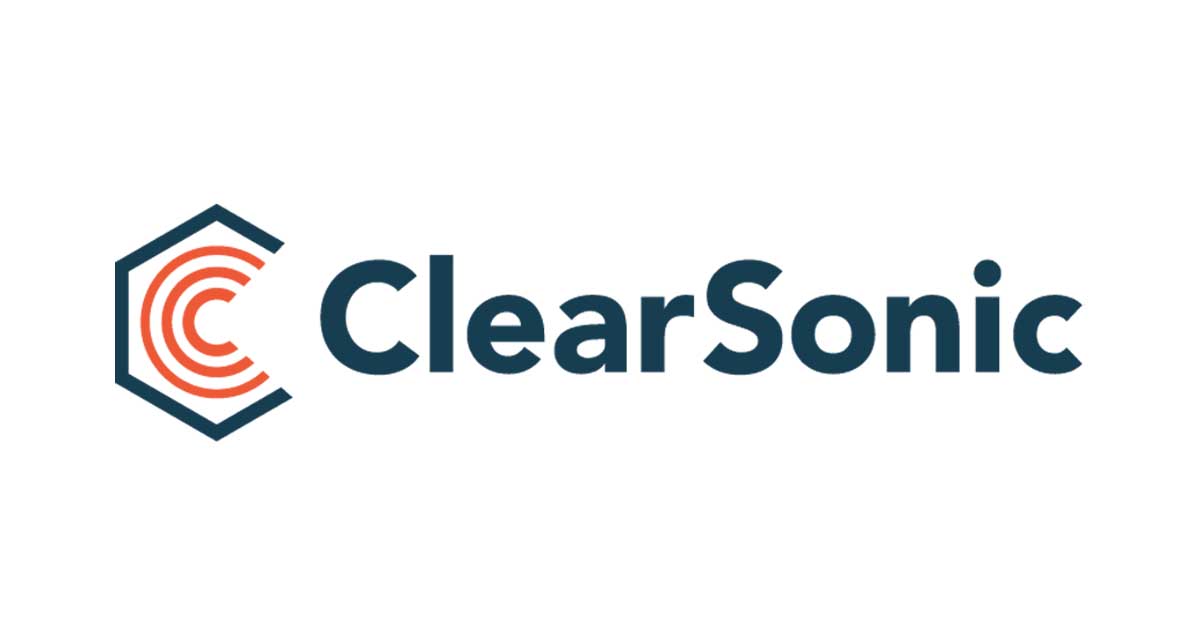What's the Difference Between a Cymbal Shield and a Drum Shield?
If you're having sound and/or volume issues with the drums at your worship service, live performance space, or studio, there is a good chance that a drum shield or cymbal shield can help improve the situation. But how do you choose the right tool for the right application? That's what this blog post aims to help with.What should I consider before purchasing?
The first and most important factor to consider is: what are the acoustics of your space like?Does it have lots of hard surfaces (i.e. tile/wood floors, drywall or wood paneling, drywall ceilings, etc.)? Does it sound loud and unpleasant when music is being performed? An easy way to test this is to clap in the space - if you can hear echoes, especially ones that sound strange and 'fluttery', some acoustic treatment will go a long way toward eliminating these unwanted sounds.
Did you try it and realize you need acoustic treatment? No worries! Check out our Sorber sound absorption baffles.
This is important because if your room has too many hard surfaces creating echoes, a drum shield or cymbal shield will not help eliminate these sound waves.
In fact, the problem can be made worse because you're just adding more reflective surfaces to the room. Ideally, there is acoustic treatment present in the form of proper acoustic panels as well as carpet, curtains, or other soft elements in the room that can provide some sound absorption.
Moving forward with the assumption that you already have some form of acoustic treatment in your space, should you choose a drum shield or a set of cymbal shields?
When to Choose a Drum Shield
Is the drummer a heavy hitter?Drummers who lack dynamics likely need the most coverage to avoid overwhelming the ears in the room. Drum shields cover the most area as a sound deflector and will therefore do a good job of reflecting all drum sounds away from the shield (and any microphones or ears on the other side).
There should be something absorptive behind the drums to capture excess drum sound like a curtain or our handy S2466x2 free-standing sound absorption baffles. Another consideration is if other sounds are bleeding into the drum mics, such as a guitar amp. A drum shield placed in between the drum mics and guitar amp will deflect the guitar sound away from the drums (and the drums away from the guitar mic).
When to Choose a Cymbal Shield
Is the drummer a dynamic hitter? These drummers tend to play to the room and can keep a lower overall volume. In this case, there may be elements of the drums that are still too loud, such as cymbals.
These drummers tend to play to the room and can keep a lower overall volume. In this case, there may be elements of the drums that are still too loud, such as cymbals.Alternatively, a particular drum or cowbell may be bleeding into the vocal mic. These are situations that warrant using cymbal shields. This way, you can 'spot treat' the areas that are causing problems and focus more on eliminating bleed issues rather than lowering overall volume and controlling the drum sound as the drummer is doing it.
Conclusion
Drum shields and cymbal shields both have their place when running live sound. Ultimately, it comes down to the acoustics of your space and the dynamics of your drummer that should guide your decision on which choice works best for you. Still feeling confused about all the shields? That's okay - you can always contact us if you need any help.







Share:
Flector Overview - How to Choose the Right Flector Option for You
Customer Success Stories - Bar Lucci